malta, osaka expo
Samurai Armor Restored by Maltese Artisans for Osaka Expo

Savannah Walker
Posted on May 26, 2025
Share:
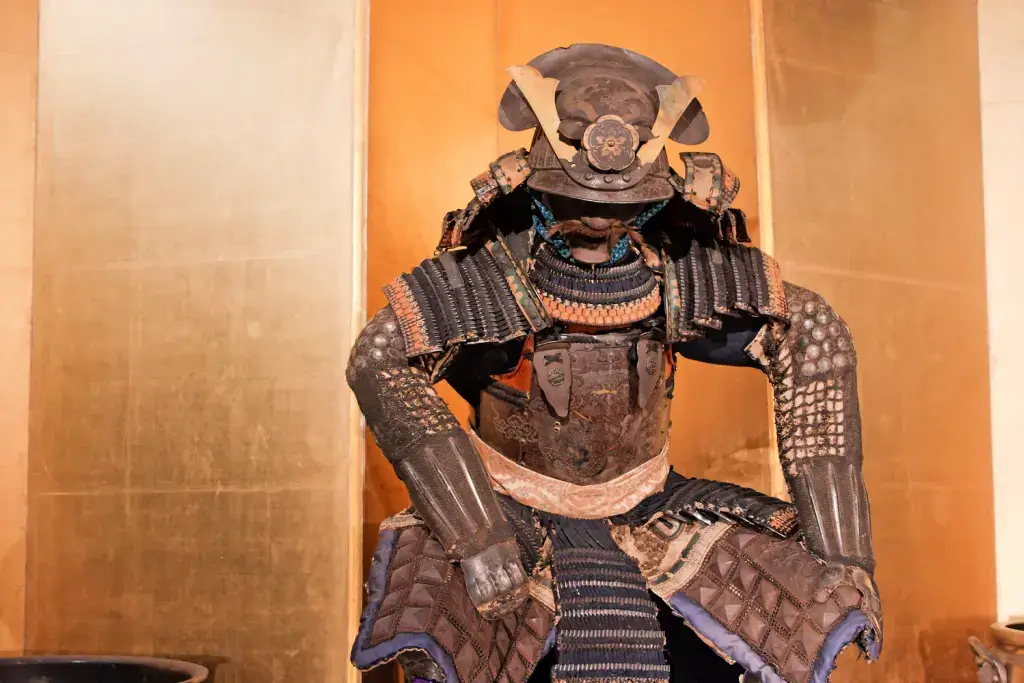
Far from the battlefields of feudal Japan, a centuries-old samurai armor has found new life on a sunny island in the heart of the Mediterranean Sea. Once worn by a warrior during Japan’s Edo period, the armor now stands proudly in Osaka, and it has returned to its cultural home after undergoing months of meticulous restoration work. But the process didn’t happen in Japan. It unfolded in Malta, a country many might not expect to play a role in preserving Japanese history.
This unusual collaboration between Maltese conservators and Japanese cultural foundations reveals the quiet power of cross-cultural respect. Behind the steel plates and silk cords is a story of shared dedication that bridges continents, languages, and traditions.
Malta: A small nation with a long memory
For those unfamiliar, Malta is a small island nation located in the Mediterranean Sea, just south of Italy. It is one of Europe’s smallest countries, but its history stretches back thousands of years. Malta has long been shaped by its role as a crossroads of civilizations. Ancient temples, Roman ruins, Arabic influences, and baroque architecture from its time under the Knights of St. John give Malta a cultural richness rarely found in places of its size.
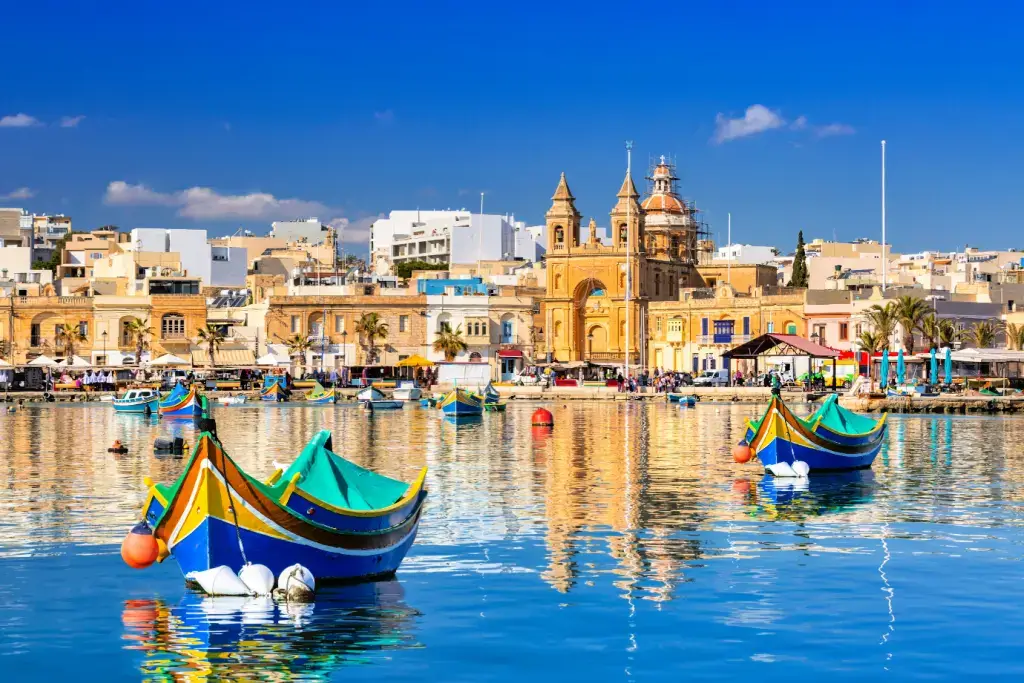
Malta is also home to skilled restoration professionals who work on historical objects worldwide. Over time, Malta gained a reputation for conservation expertise. Local specialists often work with textiles, metals, ceramics, and manuscripts from the Mediterranean and beyond. This experience made Malta a natural, though unexpected, partner when the chance came to restore a fragile and historically significant piece of Japanese armor.
The armor and its fragile state
The samurai armor in question dates back more than 250 years to Japan’s Edo period, a time of internal peace and rigid social structure. Though no longer at war, samurai still wore armor as part of ceremonial duties and to represent their status and values. Each suit was carefully constructed, often passed down through generations, combining beauty with function.
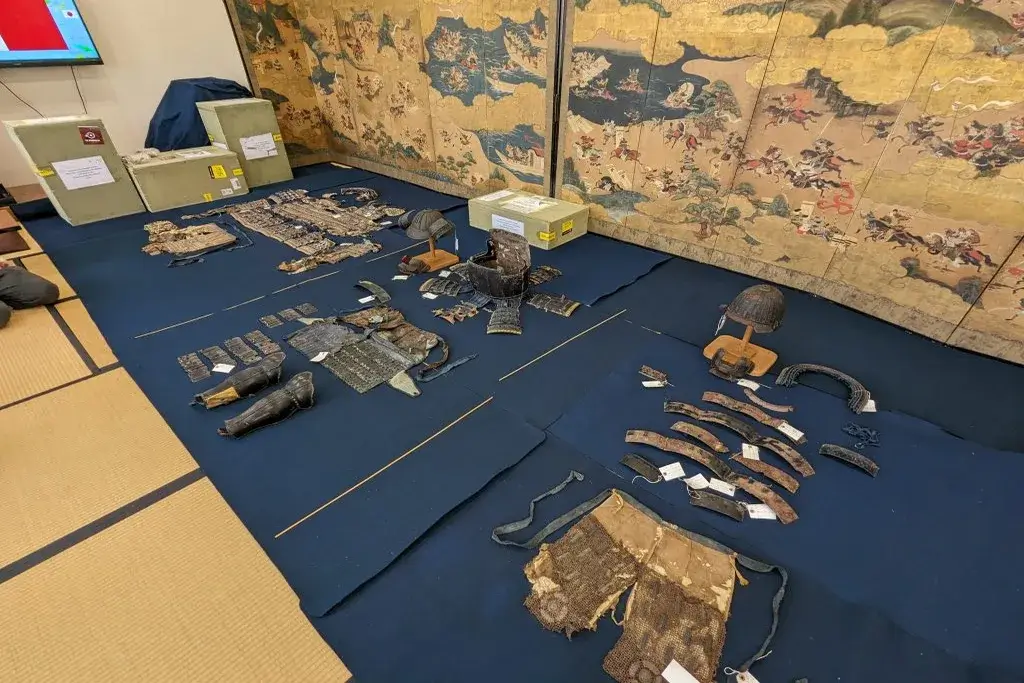
But time is unkind to organic materials. The armor’s once-glossy lacquer had cracked and faded. The intricate silk cords holding the plates together had frayed and weakened. Decorative elements had worn away or gone missing. Without urgent conservation, the armor risked falling further into disrepair, making it unsafe for display and vulnerable to irreversible loss.
Are you looking for excellent snacks while checking out museums and exhibits? Check out Sakuraco! Sakuraco delivers traditional Japanese snacks, teas, and sweets from local Japanese makers right to your door every month, perfect for pairing with your daily brew.
A meeting of methods
A plan was formed in collaboration with Japanese cultural organizations and the Maltese Pavilion Foundation to send the armor to Malta for restoration. Maltese conservators, experienced in working with delicate and ancient artifacts, approached the task respectfully and precisely. Their goal was not to erase history but to preserve it, maintaining the original character and craftsmanship of the piece while stabilizing it for the future.
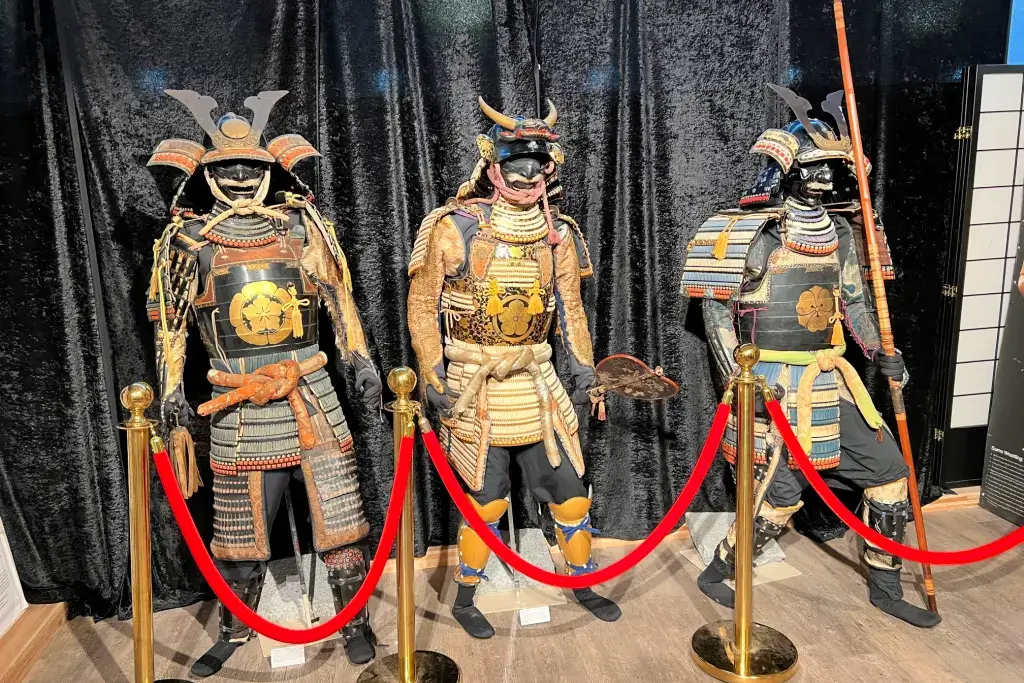
The process took months. Each layer of material had to be studied and catalogued. Every repair was carefully chosen to blend in with the original design without pretending to be part of it. Conservators cleaned and stabilized the lacquer. Then, they rethreaded the silk where possible. They gently reinforced damaged metal parts without using modern replacements. Although they used different tools and techniques than those in Edo-period Japan, they followed the same philosophy: honor the craftsmanship, protect the legacy, and never take shortcuts.
Samurai armour’s return to the World Expo in Osaka
Once the restoration was complete, the armor returned to Japan—this time, as a centerpiece in the Malta Pavilion at Expo 2025 in Osaka. Surrounded by modern architecture and international visitors, it is now a quiet symbol of shared respect between nations. It is not just a historical display, but a living example of cultural care and mutual curiosity.
Expo visitors are often surprised to find a samurai artifact in the Malta Pavilion, which is precisely what impacts the exhibit. The armor’s presence tells a story that spans oceans. It reminds viewers that history is not just preserved within national borders—it can be protected, honored, and appreciated anywhere people are willing to give it the time and attention it deserves.
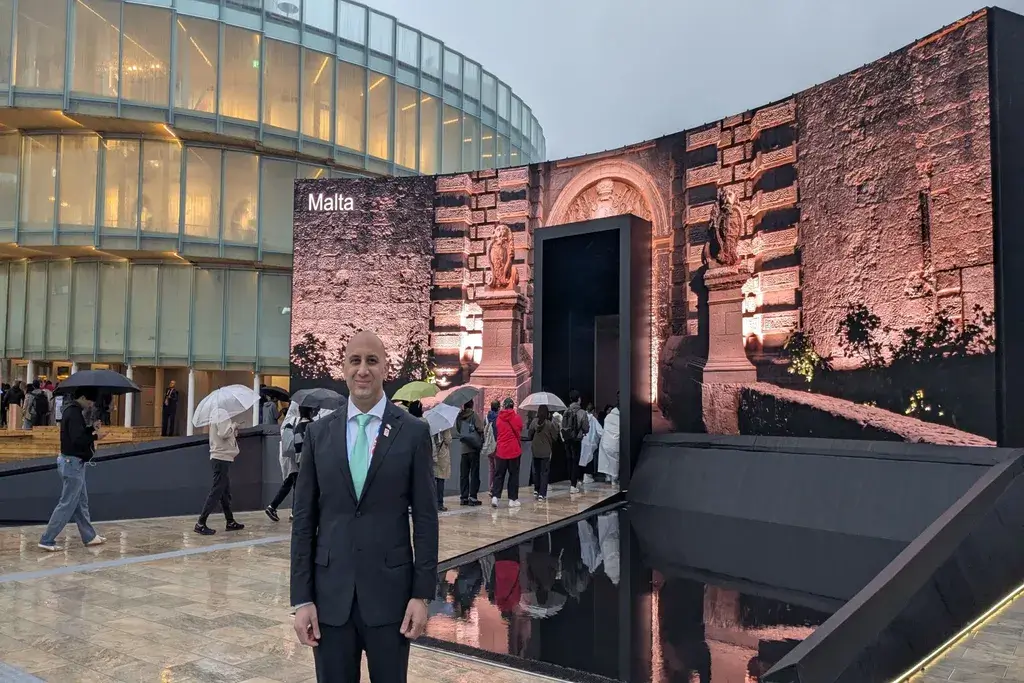
Why should it be preserved?
Though restoring armor might seem like a task for museums or collectors, it carries a deeper purpose. When we restore historical artifacts, we preserve stories. We protect the skills, beliefs, and traditions that shaped them. And in the case of this samurai armor, we also preserve the dignity of the warrior who once wore it—someone who likely never imagined his armor would travel so far or be cared for by people from such a different world. It is this quiet dignity that makes the story so powerful. The armor does not belong to Malta, nor does it belong to any one generation of Japan. It belongs to a global heritage that values beauty, patience, and cultural memory.
Why is this important?
This is important because it shows what can happen when cultures meet with open hands and shared values. Malta and Japan may be distant on the map. Still, through this armor, they found common ground—an appreciation for heritage, respect for artisanship, and a willingness to protect something greater than themselves.
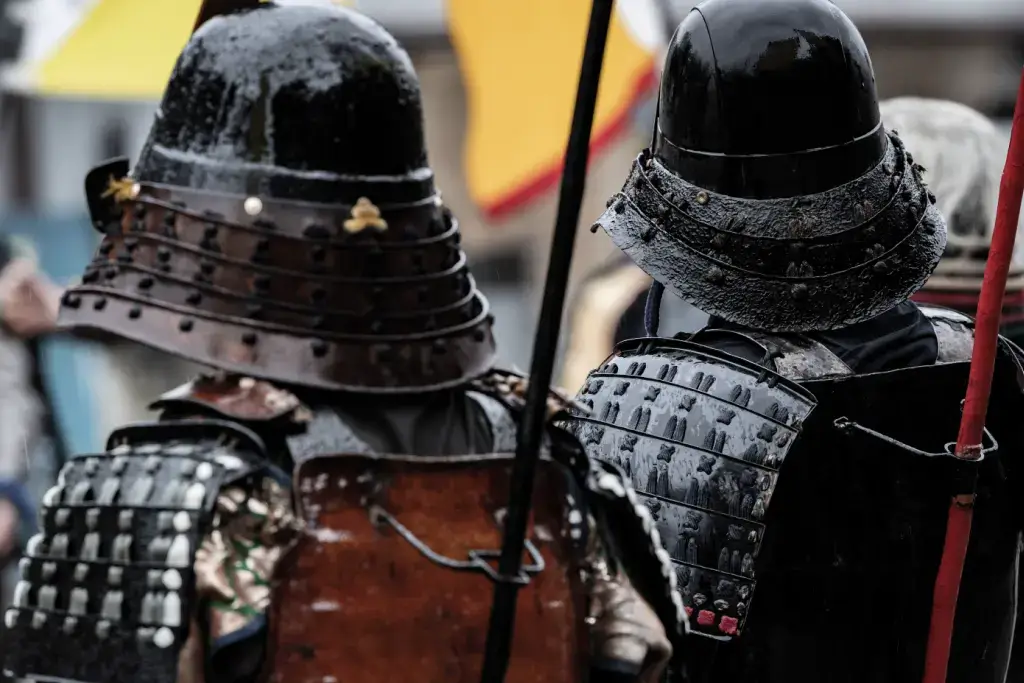
As Expo 2025 continues, thousands of visitors will walk past this restored armor. Some will admire its craftsmanship. Others will wonder how it was made. But many, hopefully, will pause to consider where it’s been—not just across time, but across the world. And thanks to the patient work done in a quiet Maltese workshop, the armor will be ready to tell its story for many years. Have you seen any samurai armour before? Let us know in the comments below!
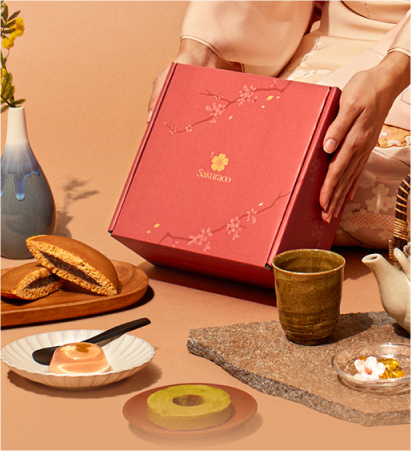
Discover authentic flavors with Sakuraco
Get Sakuraco 

Discover authentic flavors with Sakuraco
Get Sakuraco 
Related Articles
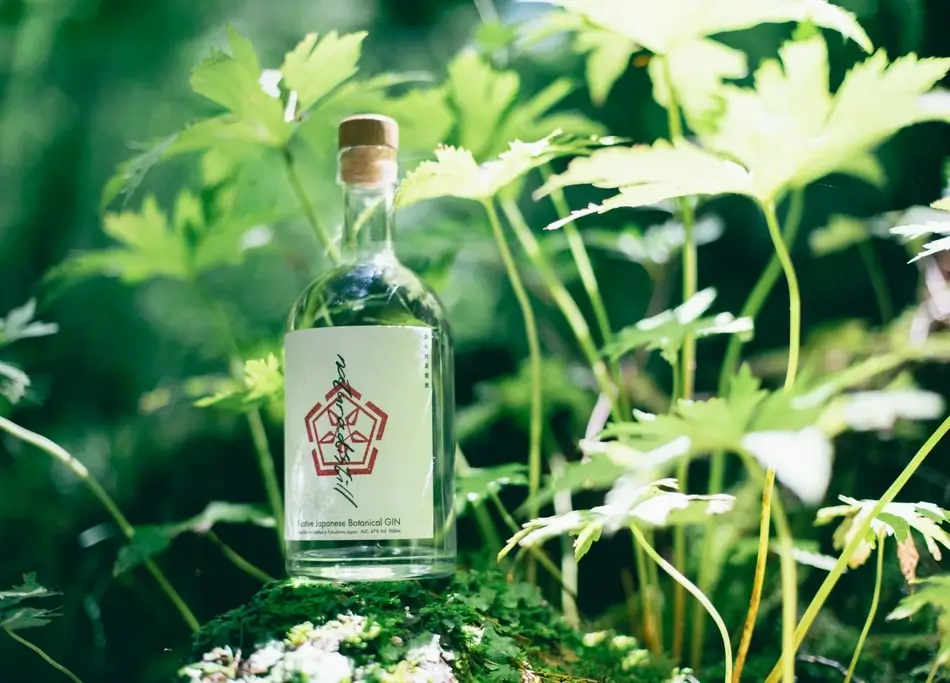
Japanese Gin: How a New Distillery Is Redefining Craft Spirits
Japanese gin has gained popularity due to the use of local ingredients and meticulous production methods by many distilleries. A new gin from Fukushima is adding momentum to this trend by focusing on the region’s water and native plants.
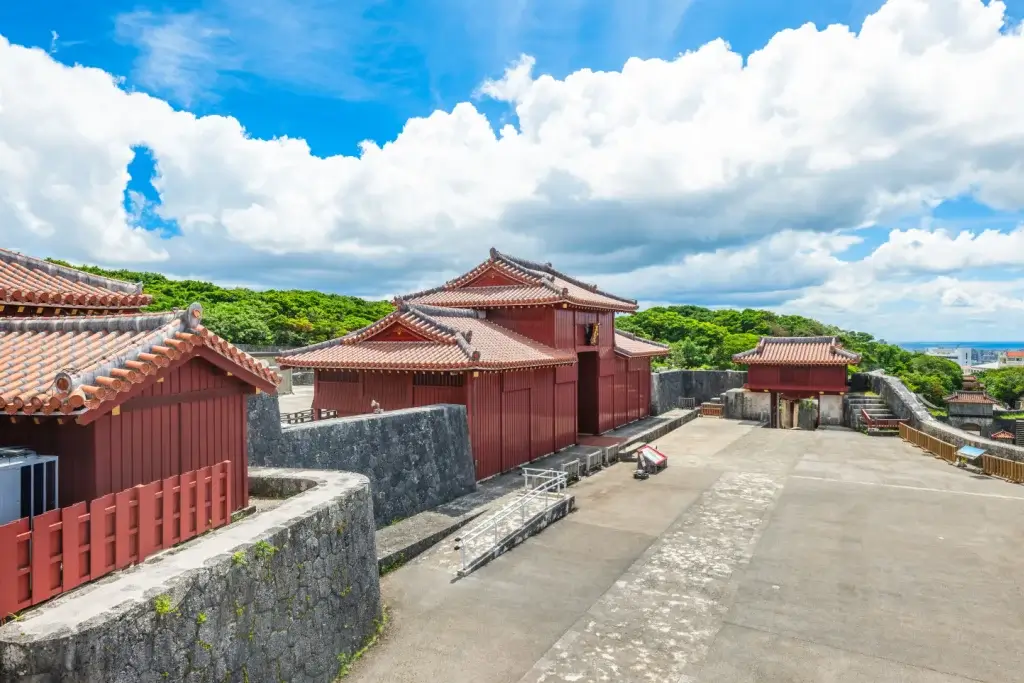
Shuri Castle Receives Partial Restoration in 2025
Shuri Castle, an iconic symbol of Okinawa’s Ryukyu Kingdom heritage, has long captivated the hearts of both locals and visitors. Located in the vibrant city of Naha, Okinawa, the castle’s bright vermilion walls and graceful architecture tell the story of a unique kingdom that flourished independently for centuries.
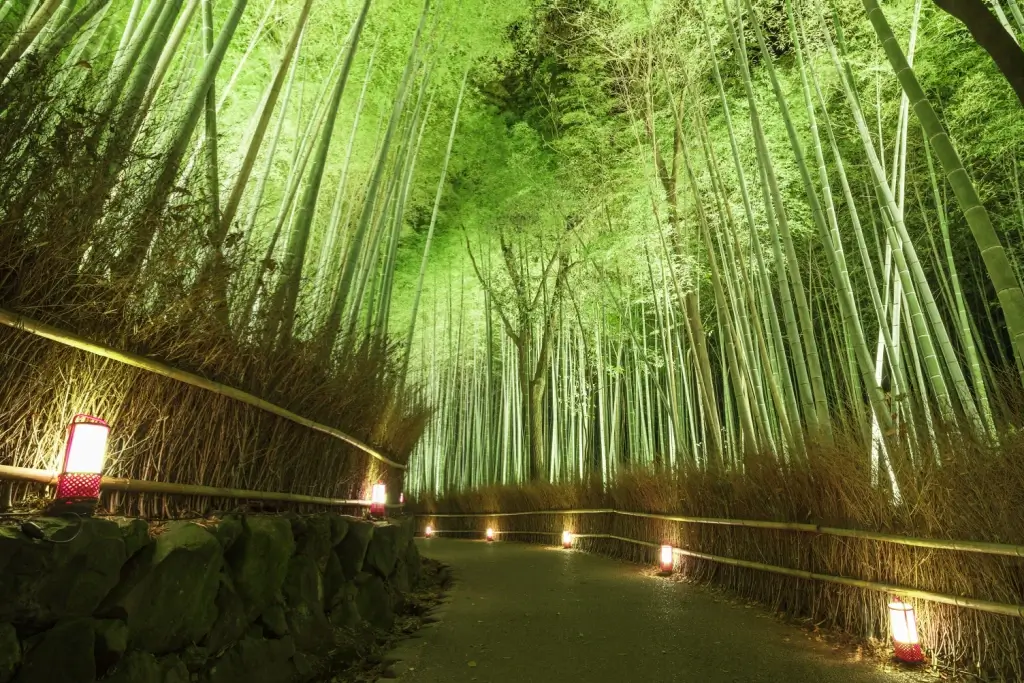
Kyoto Bamboo Forest Light Show: Illuminating Tradition and Nature
Every autumn, Kyoto’s Arashiyama Bamboo Grove (also known as the “Kyoto Bamboo Forest”) has mesmerized visitors with its mysterious charm and soothing atmosphere. The bamboo light show has returned in 2025 after a four-year break caused by the pandemic.

Japan Winter Came Too Early: Should We Be Worried?
Typically, late November brings cool days, with dipping temperatures around 10 to 15°C (50–59°F) in many regions. This year, though, things feel different. Because of these changes, many people are asking: Did Japan’s winter really arrive too soon?



